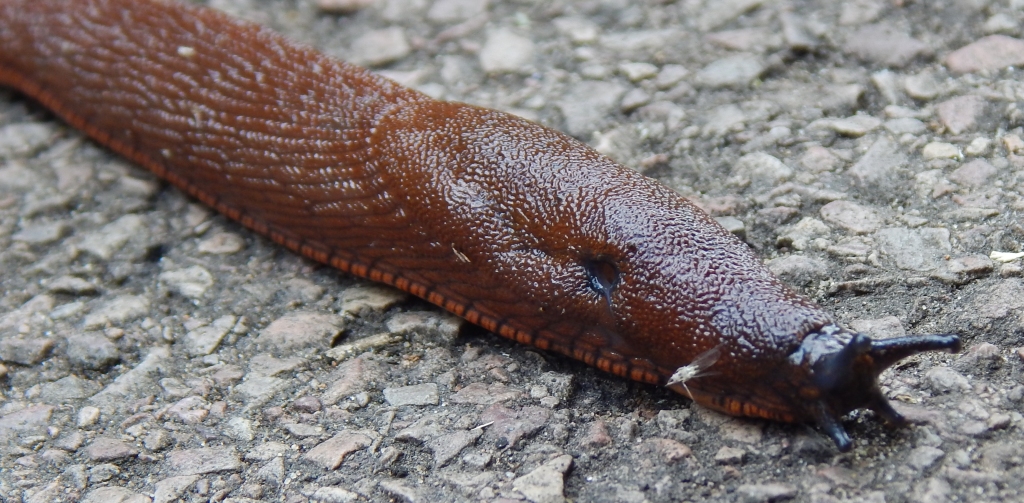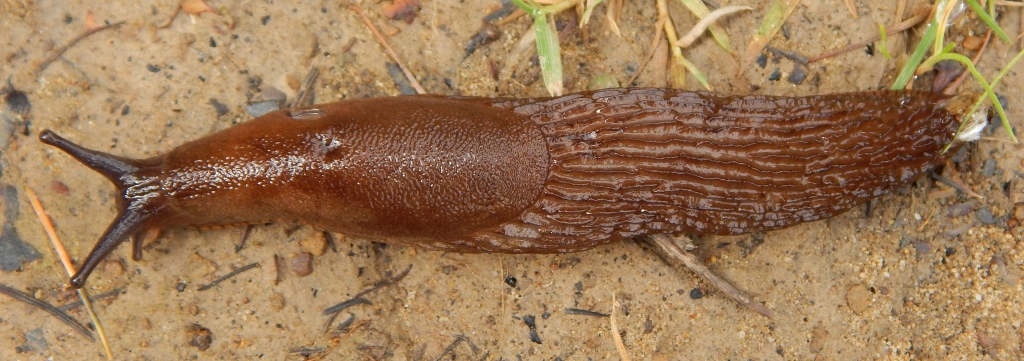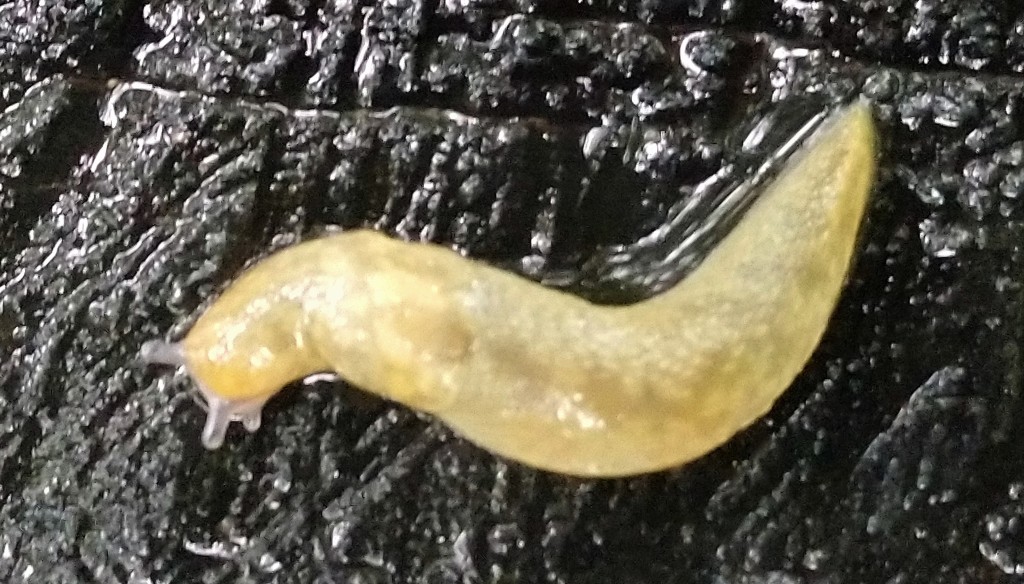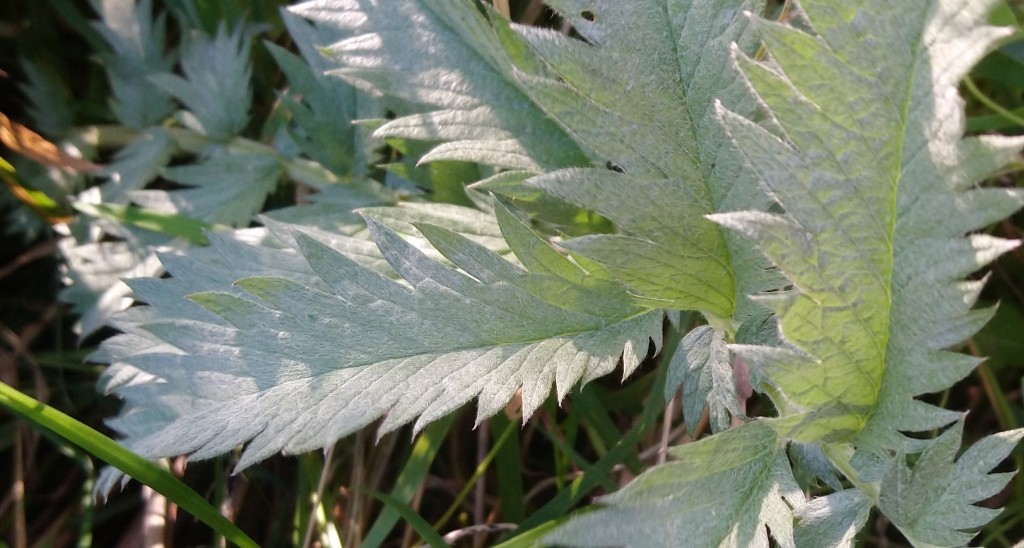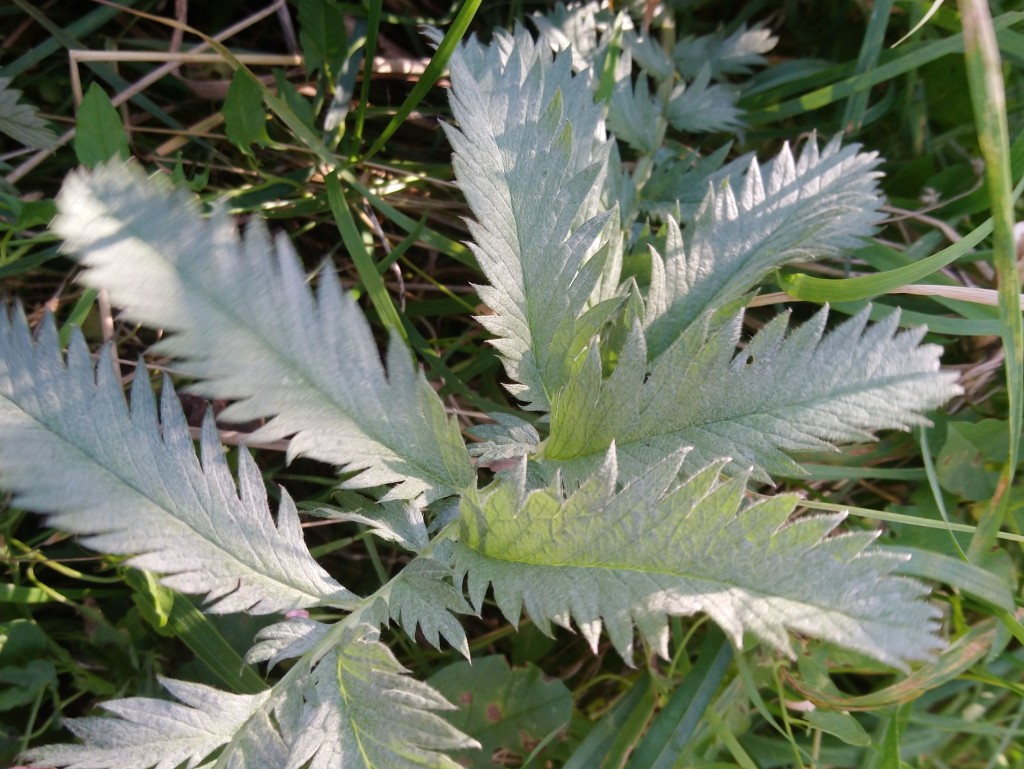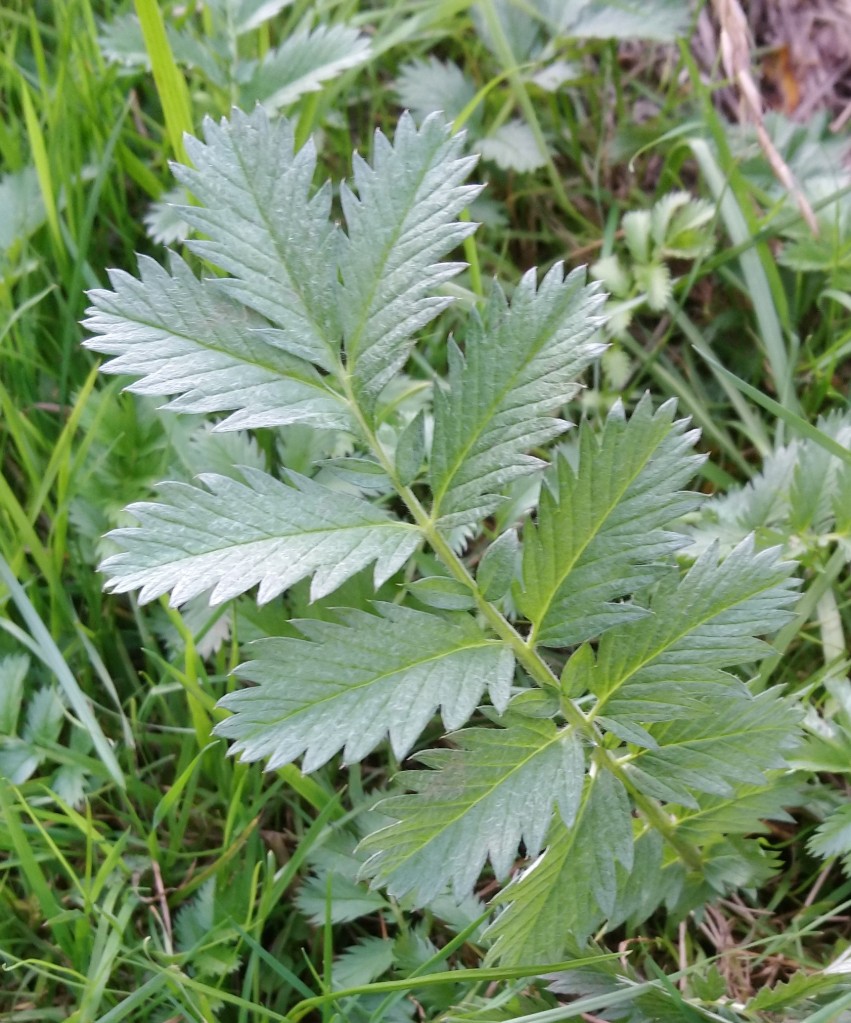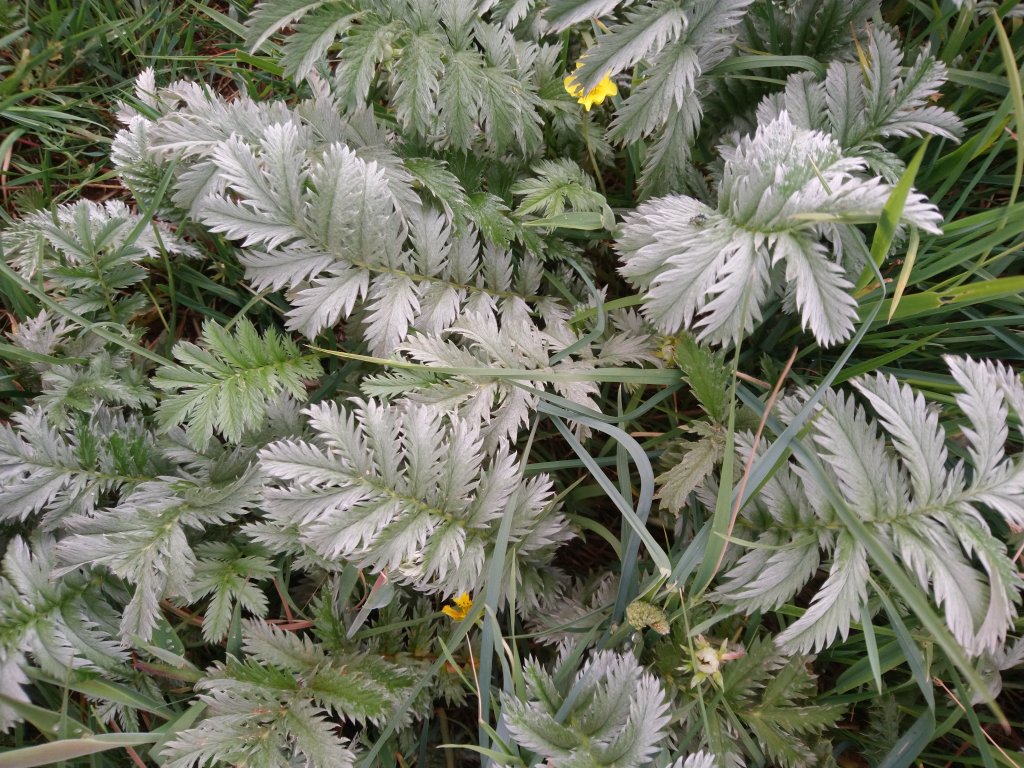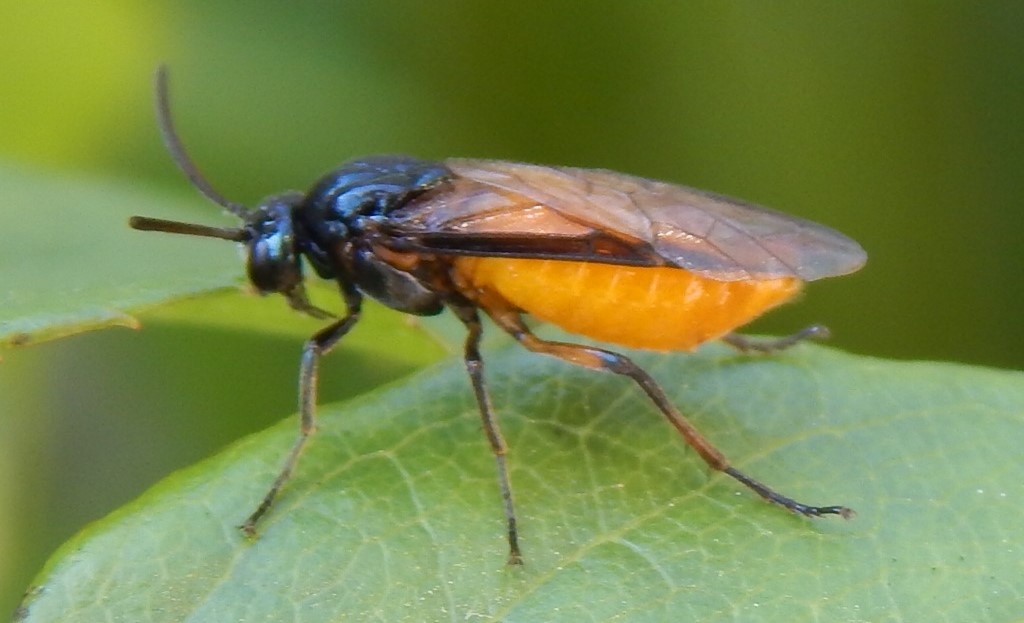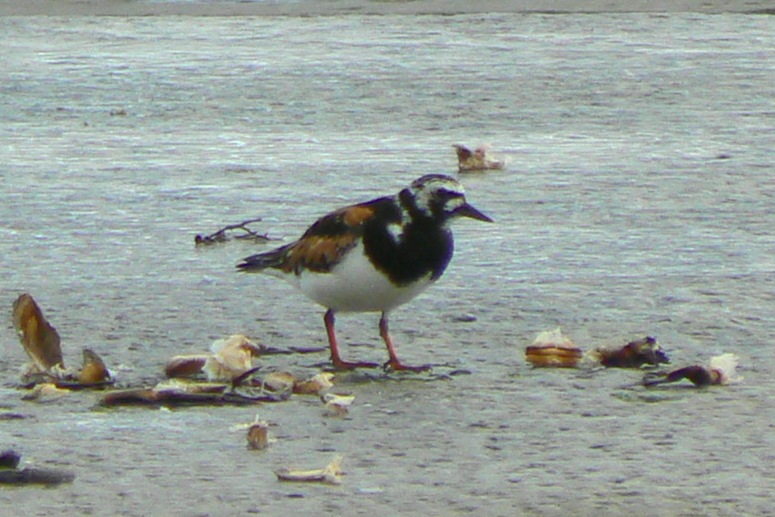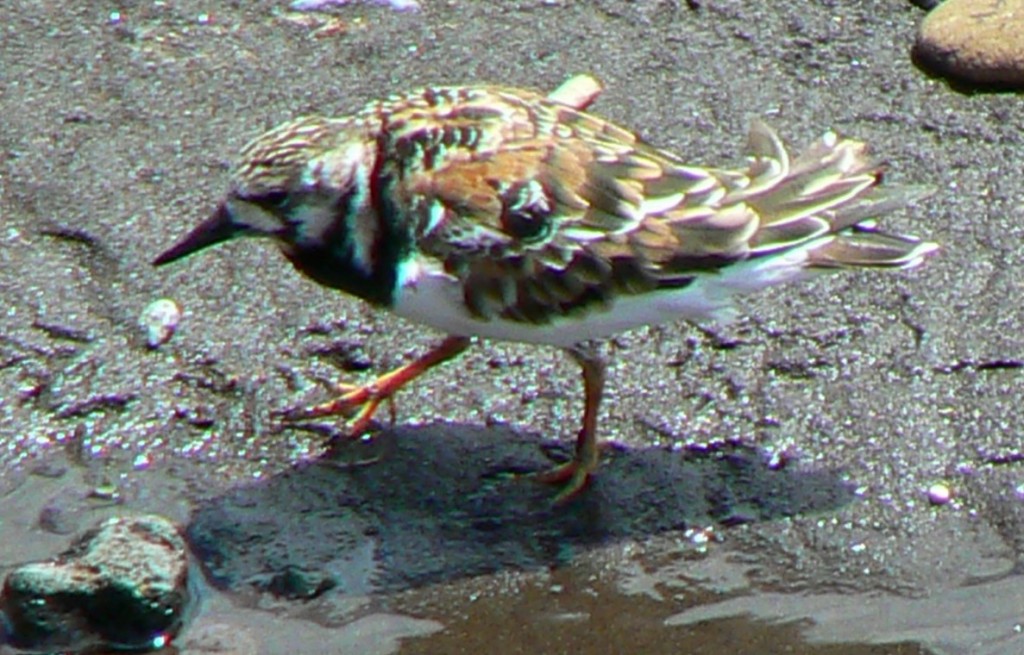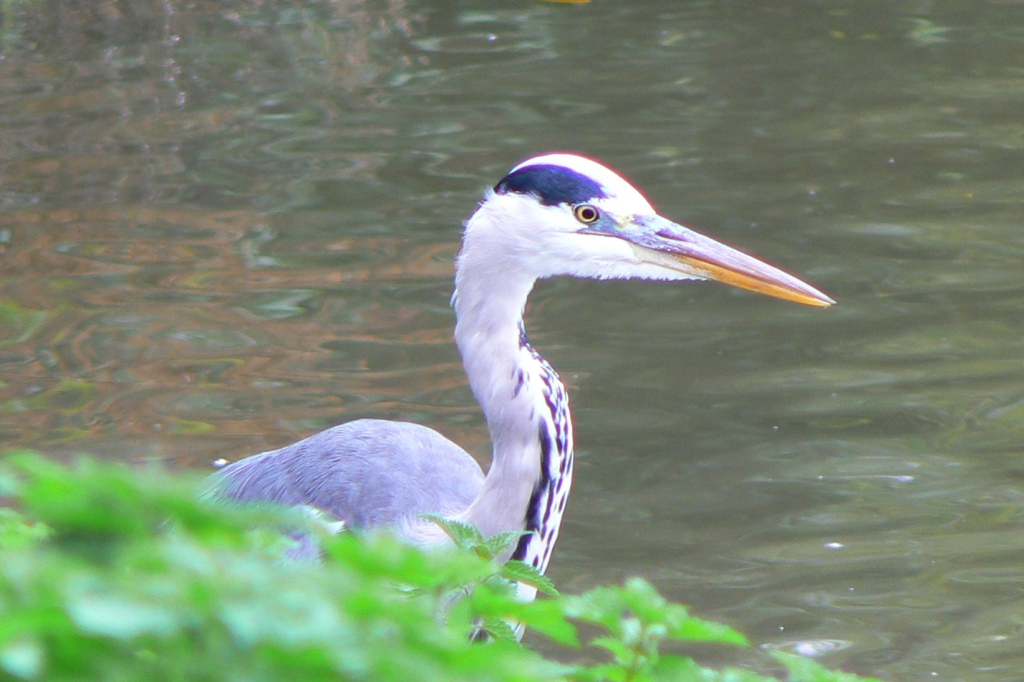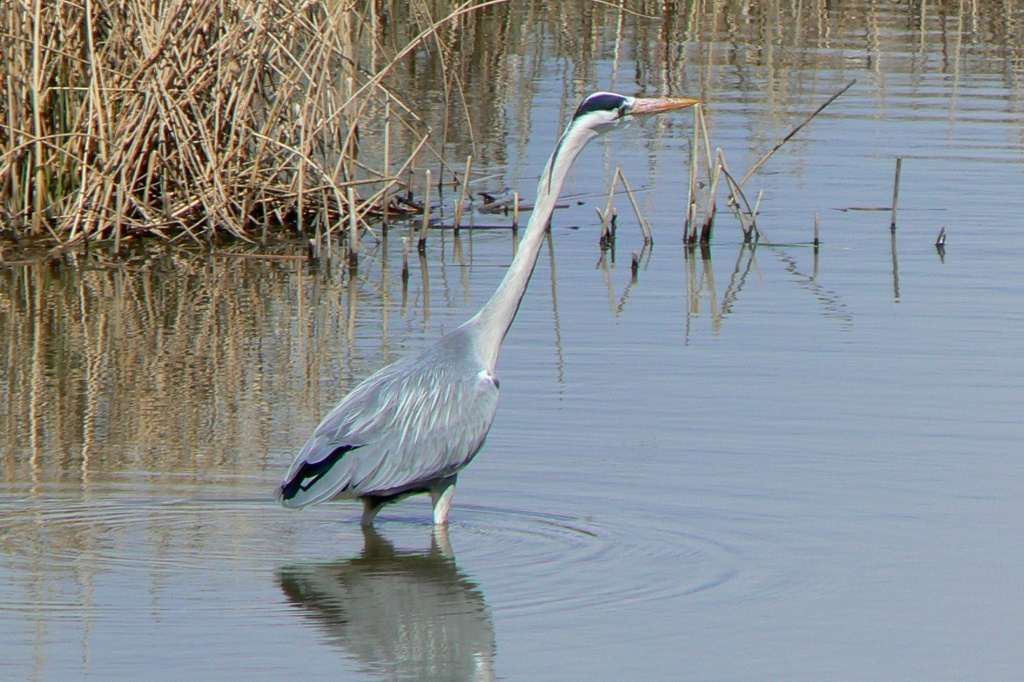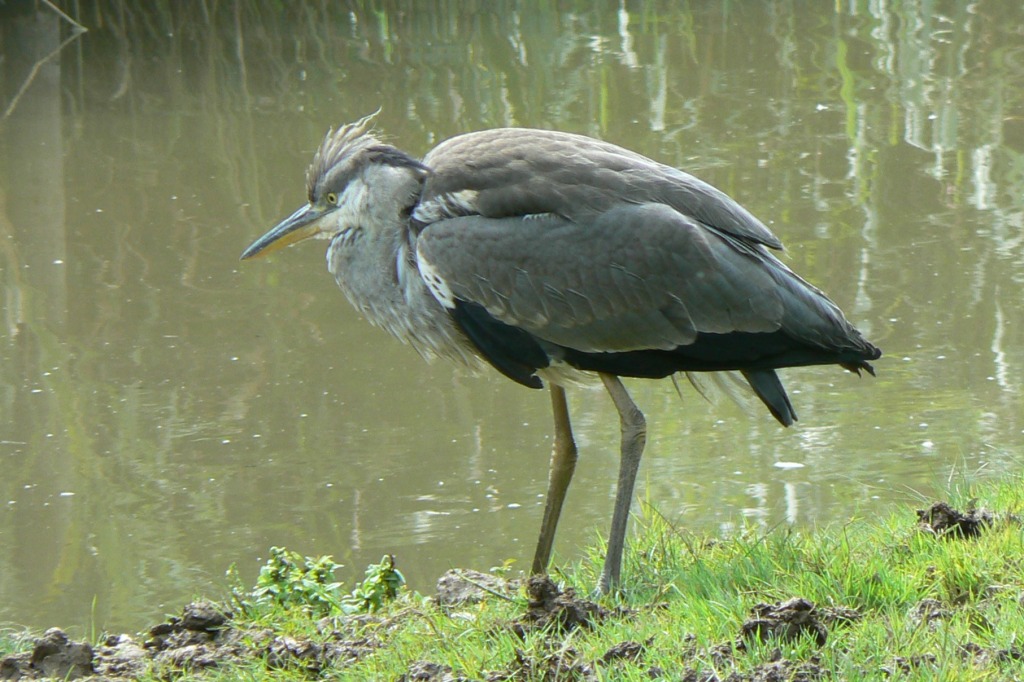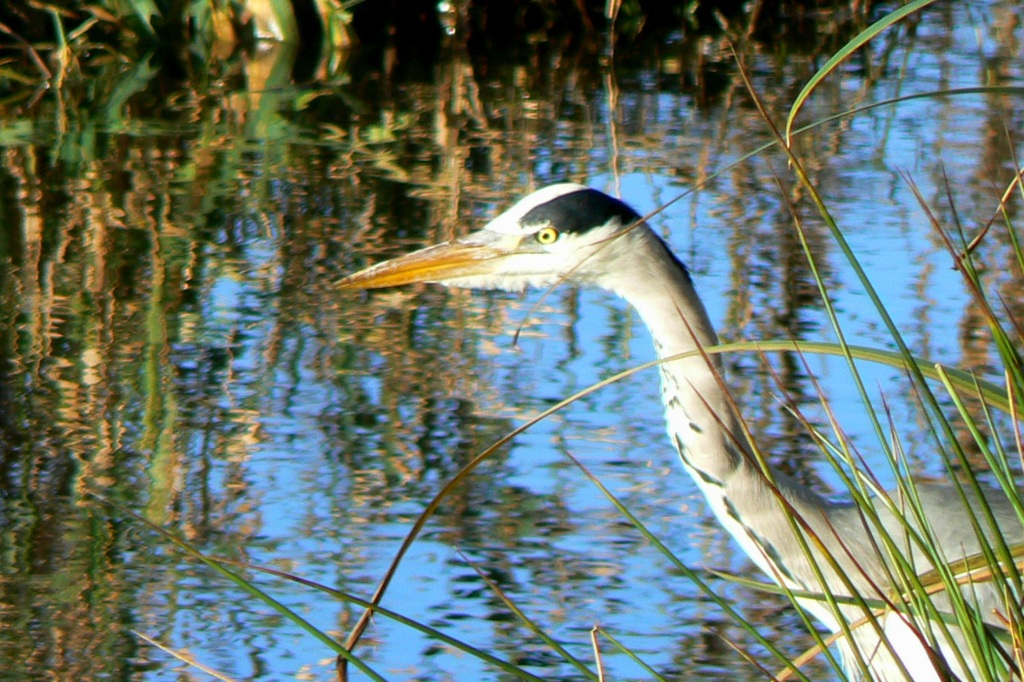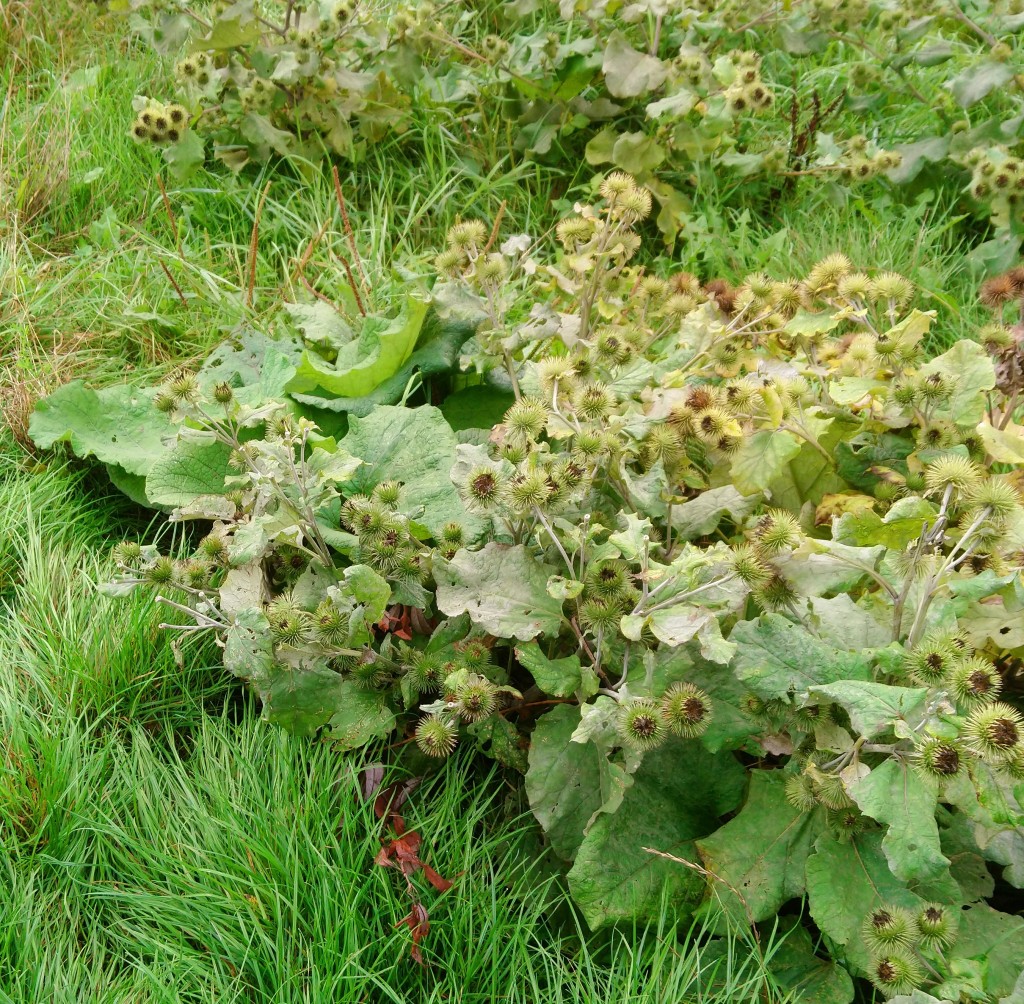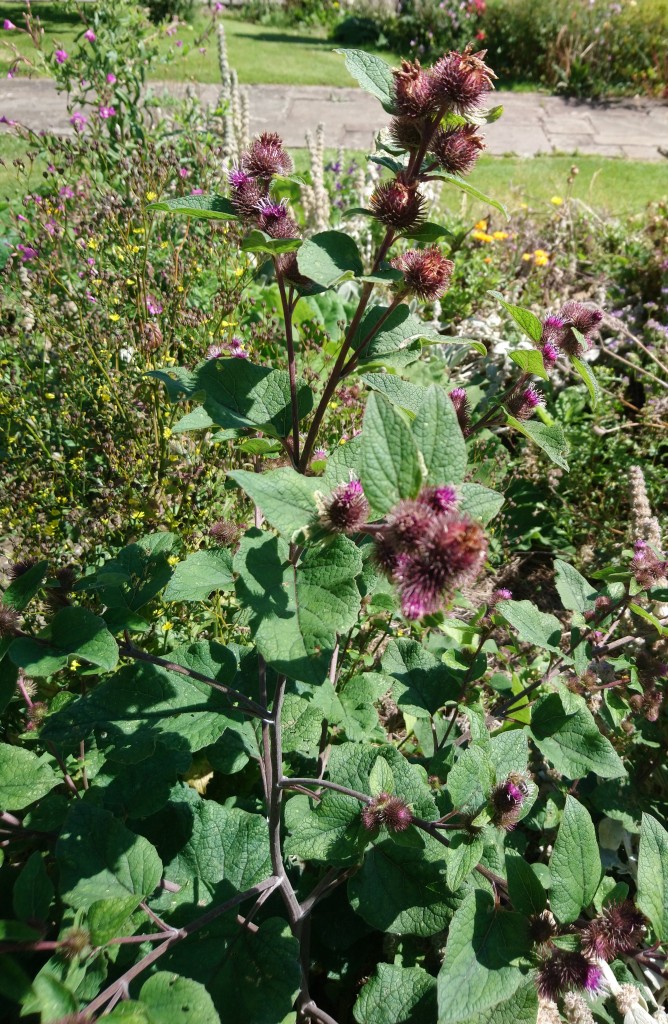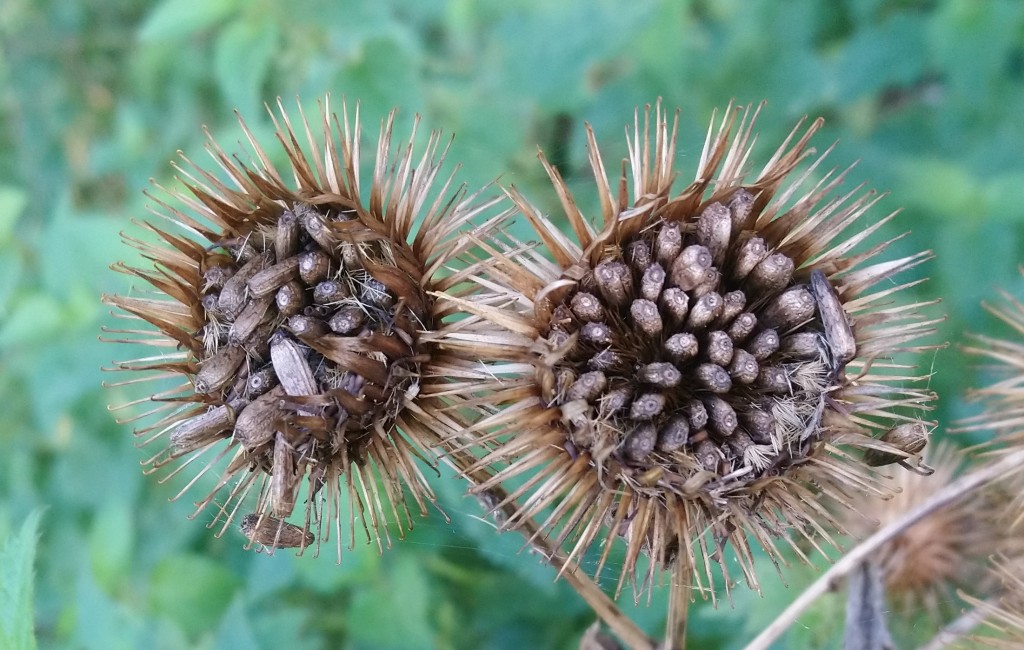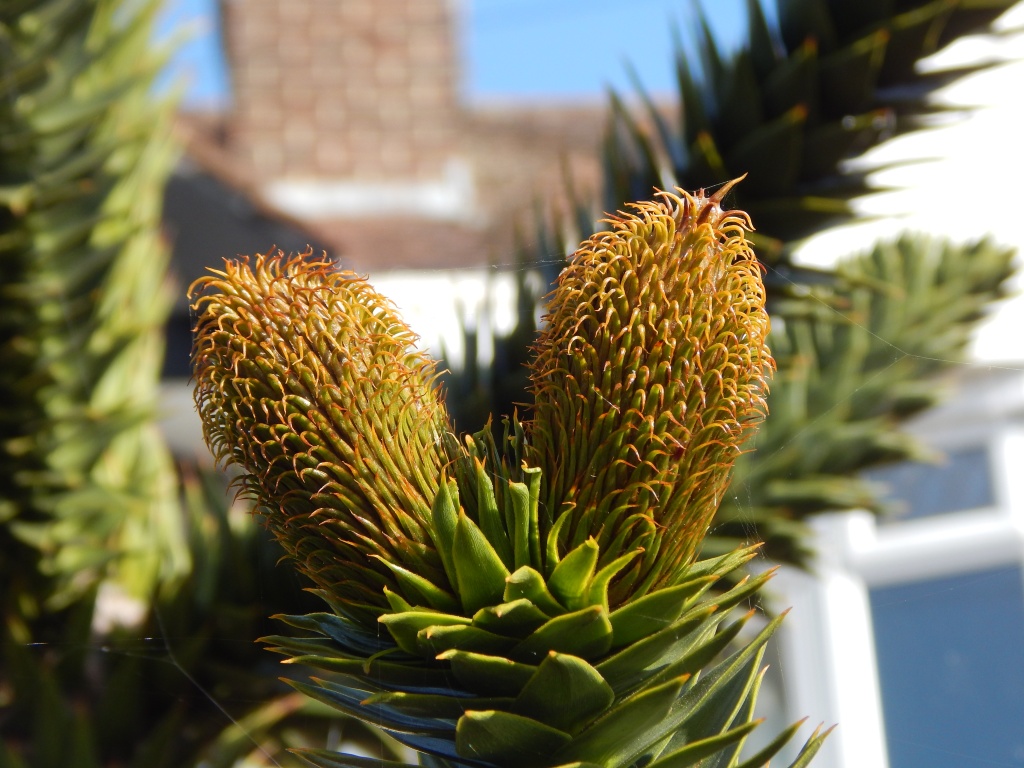
[039] Armillaria mellea, Honey Mushroom
Introduction
Armillaria mellea, Honey Mushroom, is a common and very widespread fungus that grows on living or dead wood.
I will also include two other gilled mushrooms and show you some pictures. I can’t guarantee exact species identification.
Taxonomy
Kingdom – Fungi
Phylum – Basidomycota
Class – Agaricomycetes
Subclass – Agaricomycetidae
Order – Agaricales (Gilled Mushrooms)
Family – Physalacriacreae
Genus – Armillaria (Honey fungi)
Scientific Name – Armillaria mellea
Name
Armilla is a term in zoology for a ring of hair and mellea means honey. It is probably named from its colour and the sticky nature of its top.
Fungi
I have to say something about the world of Fungi, currently considered to be a separate Kingdom of organisms that are not plants and are not animals, but I will be brief. There may be three or four million species of fungus but only about 100 000 have so far been identified. They include yeasts and moulds as well as the more familiar mushroom-like fungi.
Most fungi for most of their lives are microscopic structures and are invisible. What we see are their fruiting bodies.
There is no universally accepted system for higher level taxonomy in mycology (the study of fungi.) There may be about three hundred Orders. We will only meet two of them.
Agaricales includes all the gilled mushrooms. It has about 400 genera and 13 000 species.
Armillaria Mellea
Armillaria mellea, known as Honey Fungus, is common and widespread in Northern temperate areas and grows on a variety of living or dead trees. It has many different varieties.
It is generally edible but this may depend on the species of tree on which it is growing.




Armillaria Tabescens
Armillaria tabescens doesn’t have a common name but my identification app calls it ringless honey mushroom. (The app has a name for everything.) It is also possibly edible but not recommended.
It used to be a variety of Armillaria mellea and is similar but less widespread.

Macrolepiota Procera
Macrolepiota procera, the Parasol Mushroom, in the family Agaricaceae, is named from its appearance. It is a popular edible mushroom.
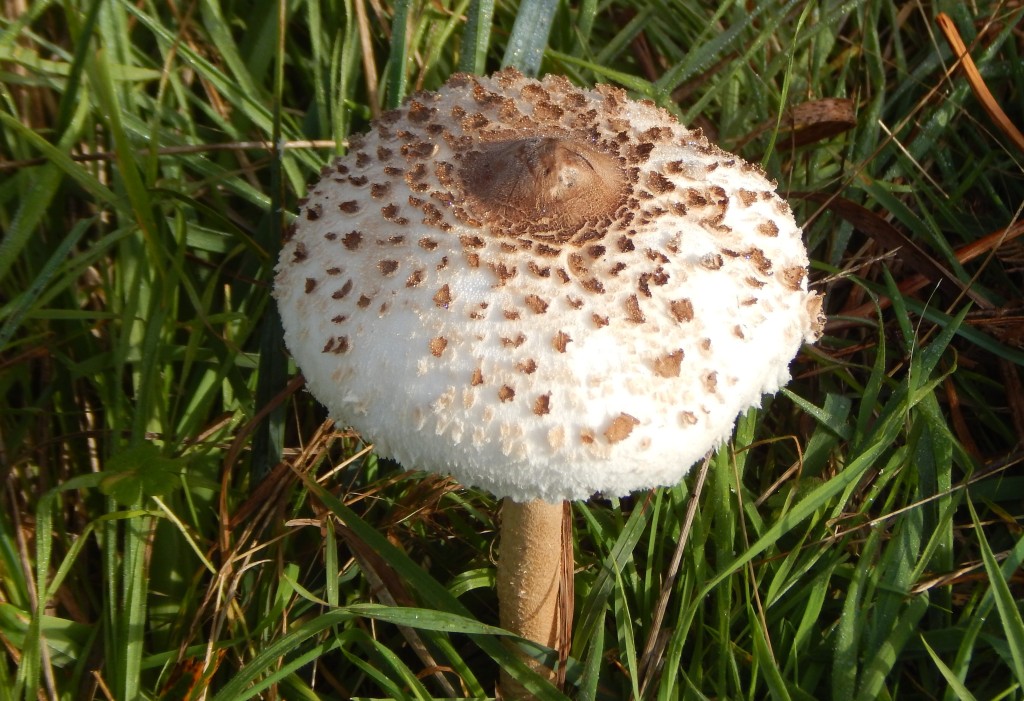
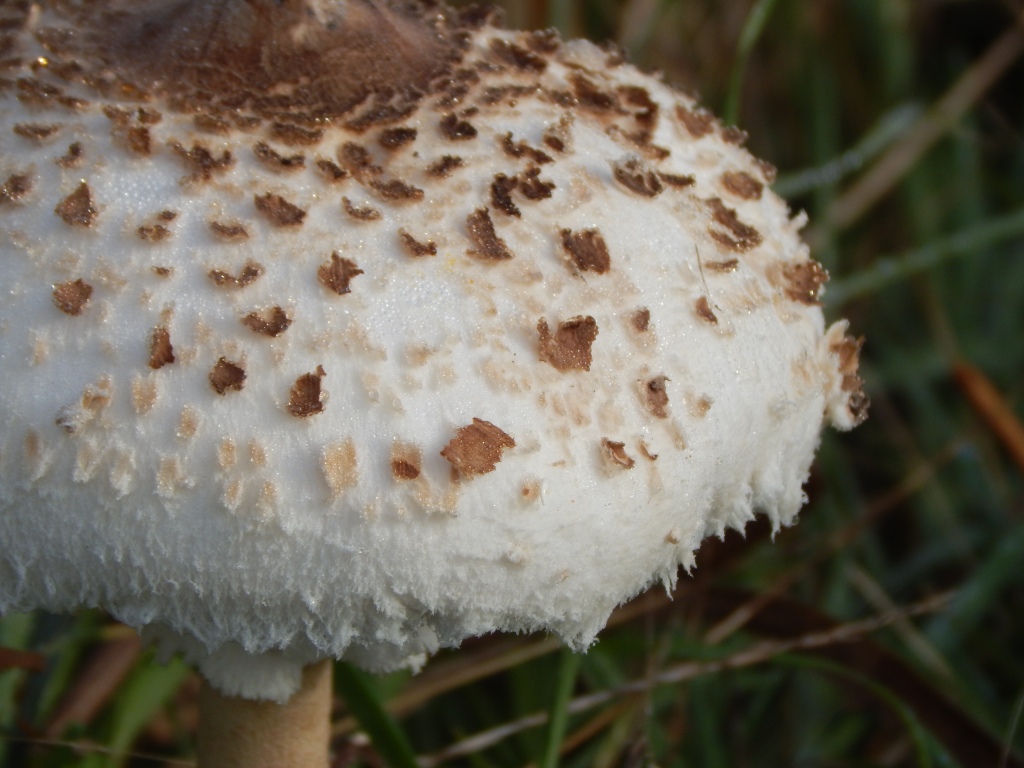
Other Notes
I am not guaranteeing any of my identifications. The taxonomy of Fungi seems to be even more fluid than plants and animals. Some species have changed families since I first observed them. (To be honest, several birds have changed their genus as well.)
The fruiting bodies that we see are transient. They may take just a few days to grow fully and die away. So be quick if you want to photograph them.
See also
[092] Common Ink Cap will include some other Agaricales. I have just split them into two groups by families.

